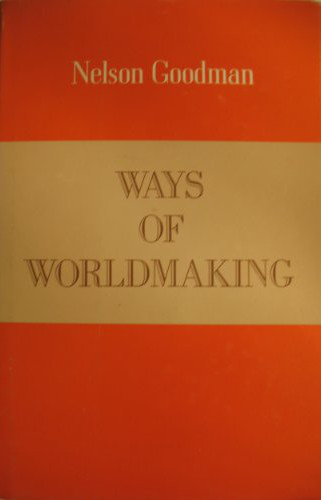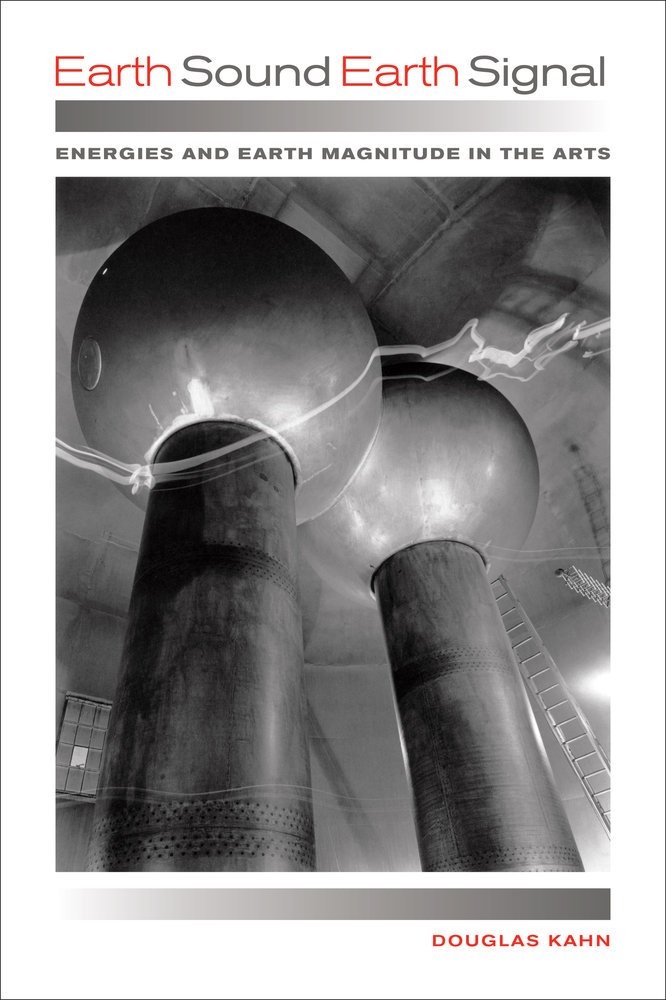Nelson Goodman: Ways of Worldmaking (1978–) [EN, DE, ES, CZ, CR]
Filed under book | Tags: · aesthetics, art, art theory, epistemology, knowledge, metaphysics, perception, philosophy, representation, science, style, truth

“A major thesis of this book is that the arts must be taken no less seriously than the sciences as modes of discovery, creation, and enlargement of knowledge in the broad sense of advancement of the understanding, and thus that the philosophy of art should be conceived as an integral part of metaphysics and epistemology.” (p 102)
Publisher Hackett Publishing, Indianapolis, 1978
ISBN 0915144514, 9780915144518
148 pages
Reviews: Hilary Putnam (Journal of Philosophy, 1979), W. Charlton (Philosophical Quarterly, 1980), Robert Howell (Philosophical Review, 1982), Jay F. Rosenberg (Noûs, 1982), Jon W. Sharer (Leonardo, 1981).
Commentaries: Xavier de Donato-Rodríguez (Theoria, 2009), Pierre-André Huglo (Philopsis, 2012, FR).
Preface to an Italian edition (Achille C. Varzi, 2008, IT)
Commentary on Goodman’s aesthetics (Stanford Encyclopedia of Philosophy).
Ways of Worldmaking (English, 1978; HTML).
Ways of Worldmaking (English, UK edition by Harvester Press, 1978)
Weisen der Welterzeugung (German, trans. Max Looser, 4th ed., 1984/1998, added on 2014-10-28)
Maneras de hacer mundos (Spanish, trans. Carlos Thiebaut, 1990, no OCR)
Způsoby světatvorby (Czech, trans. Vlastimil Zuska, 1996, first 4 chapters, HTML)
Načini svjetotvorstva (Croatian, trans. Damjan Lalović, 2008)
Jakob von Uexküll: A Foray Into the Worlds of Animals and Humans: A Picture Book of Invisible Worlds (1934–) [DE, EN, FR]
Filed under book | Tags: · animal, biology, environment, meaning, nature, perception, philosophy, plants, psychology, semiotics, subjectivity, time, umwelt

““Is the tick a machine or a machine operator? Is it a mere object or a subject?” With these questions, the pioneering biophilosopher Jakob von Uexküll embarks on a remarkable exploration of the unique social and physical environments that individual animal species, as well as individuals within species, build and inhabit. This concept of the umwelt has become enormously important within posthumanist philosophy, influencing such figures as Heidegger, Merleau-Ponty, Deleuze and Guattari, and, most recently, Giorgio Agamben, who has called Uexküll “a high point of modern antihumanism.”
A key document in the genealogy of posthumanist thought, A Foray into the Worlds of Animals and Humans advances Uexküll’s revolutionary belief that nonhuman perceptions must be accounted for in any biology worth its name; it also contains his arguments against natural selection as an adequate explanation for the present orientation of a species’ morphology and behavior. A Theory of Meaning extends his thinking on the umwelt, while also identifying an overarching and perceptible unity in nature. Those coming to Uexküll’s work for the first time will find that his concept of the umwelt holds new possibilities for the terms of animality, life, and the framework of biopolitics.”
German edition
With illustrations by George Kriszat
Publisher J. Springer, Berlin, 1934, 102 pages
New edition, with the essay “Bedeutungslehre”, with a Foreword by Adolf Portmann, Rowohlt, Hamburg, 1956, 182 pages
English edition
Translated by Claire H. Schiller
In Instinctive Behavior: The Development of a Modern Concept, pp 5-80
Publisher International Universities Press, New York, 1957
Reprinted in Semiotica 89(4), 1992, pp 319-391
New English edition, with the essay “A Theory of Meaning”
Translated by Joseph D. O’Neil
Introduction by Dorion Sagan
Afterword by Geoffrey Winthrop-Young
Publisher University of Minnesota Press, 2010
Posthumanities series, 12
ISBN 9780816658992
272 pages
Reviews and commentaries: Levi R. Bryant (2010), Robert Geroux (Humanimalia, 2012), Franklin Ginn (Science as Culture, 2013).
Streifzüge durch die Umwelten von Tieren und Menschen (German, 1934)
Streifzüge durch die Umwelten von Tieren und Menschen. Bedeutungslehre (German, 1934/1956)
A Stroll Through the Worlds of Animals and Men (English, trans. Claire H. Schiller, 1957)
A Stroll Through the Worlds of Animals and Men (English, trans. Claire H. Schiller, 1957/1992)
Mondes animaux et monde humain suivi de La théorie de la signification (French, trans. Philippe Muller, 1965)
A Foray Into the Worlds of Animals and Humans, with a Theory of Meaning (English, trans. Joseph D. O’Neil, 2010)
See also chapters 10-11 of Agamben’s The Open: Man and Animal: Umwelt; Tick (2002/2004)
Comment (0)Douglas Kahn: Earth Sound Earth Signal: Energies and Earth Magnitude in the Arts (2013)
Filed under book | Tags: · acoustics, art, art history, cold war, computer music, earth, electromagnetism, electronic music, energy, experimental music, geophysics, hearing, history of science, light, media history, music history, nature, noise, perception, radio, science, sound, sound art, sun, technology, telegraphy, telephone

“Earth Sound Earth Signal is a study of energies in aesthetics and the arts, from the birth of modern communications in the nineteenth century to the global transmissions of the present day. Douglas Kahn begins by evoking the Aeolian sphere music that Henry David Thoreau heard blowing along telegraph lines and the Aelectrosonic sounds of natural radio that Thomas Watson heard through the first telephone; he then traces the histories of science, media, music, and the arts to the 1960s and beyond. Earth Sound Earth Signal rethinks energy at a global scale, from brainwaves to outer space, through detailed discussions of musicians, artists and scientists such as Alvin Lucier, Edmond Dewan, Pauline Oliveros, John Cage, James Turrell, Robert Barry, Joyce Hinterding, and many others.”
Publisher University of California Press, 2013
ISBN 0520956834, 9780520956834
343 pages
Reviews: Alessandro Ludovico (Neural, 2013), Christopher Haworth (Organised Sound, 2015), Adam Trainer (Continuum, 2015).
PDF (removed on 2014-3-19 upon request of the publisher)
Comment (0)
